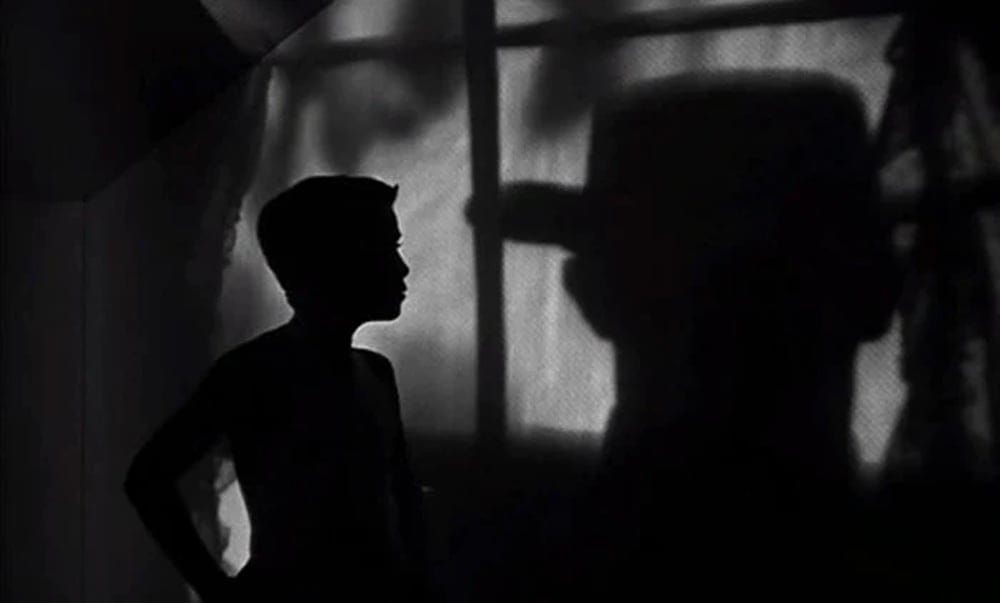John Harper: Charles Laughton and Davis Grubb

It’s not often a film director turns to advice from an author.
Let alone the author of a novel he’s busy turning into his first (and only) feature film. But Charles Laughton wasn’t like other film directors. For a start, he was an established larger-than-life character actor of stage and screen.
His manager Paul Gregory was offered film rights to first-time author Davis Grubb’s novel “The Night of the Hunter.” By the time he finished reading the book, he wanted Laughton to turn it into a film.
Grubb’s novel is incredibly cinematic in tone. It blends allegory and mystery in a rustic disconcerting Southern Gothic fairy tale sliced into five acts. A demented preacher relentlessly torments and pursues two small children in the Depression-era Bible Belt in order to get at their dead father’s stolen fortune. It’s an unsettling tale.
Grubb was always critical of organized religion. He grew up in Moundsville where Harry Powers was hanged in 1932 for the murders of two widows and three children. He modeled the murderous Preacher Harry Powell in “The Night of the Hunter” on Power.
After completing high school, Grubb intended to be a graphic artist. In 1939, he went to New York City as a page for NBC and to write radio plays, alternating for the next decade between New York and Philadelphia, where he worked for an advertising agency. The sketchbook was never far from reach, and Grubb remained an artist while writing stories all his life.
He smoked Marsh Wheeling stogies, long black cigars. When one would burn down to a stub, he’d light up another.
Grubb took much of the material for “The Night of the Hunter” from life. It was in a bar that he saw a man with the word ‘L-O-V-E’ tattooed on the fingers of one hand and ‘H-A-T-E’ tattooed on the other. The river that winds through the story was the river of his childhood.
“The Night of the Hunter” became a national bestseller and was voted a finalist for the 1955 National Book Award. Author, film critic, and poet James Agee was chosen by Laughton and Gregory to adapt Grubb’s novel into a screenplay. Agee delivered an overblown 300-page script overflowing with alliteration.
Laughton immediately started whittling it into shape. Prior to filming, he reached out to Grubb and developed a unique creative kinship, a willingness to work together throughout the writing and pre-production process. Such an intense collaboration is unheard of between a director and an author.
They maintained a steady back-and-forth of letters discussing how the novel would be translated into film. Learning that he had studied art, Laughton asked Grubb to sketch certain scenes as he envisioned them. In their correspondence, Laughton’s typical request of Grubb for ‘sketches please’ came for everything from the layout of a shot to expressions on a character’s face. Laughton committed himself to capturing Grubb’s vision on film.
It was an intense and unique working relationship that made for an intense and unique film.